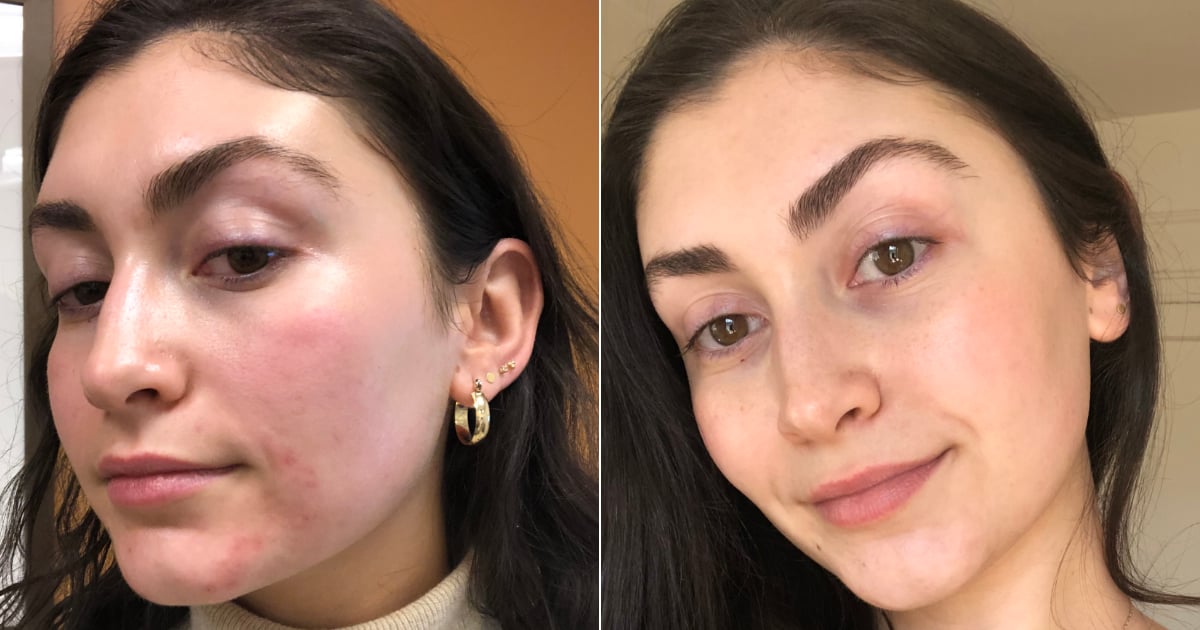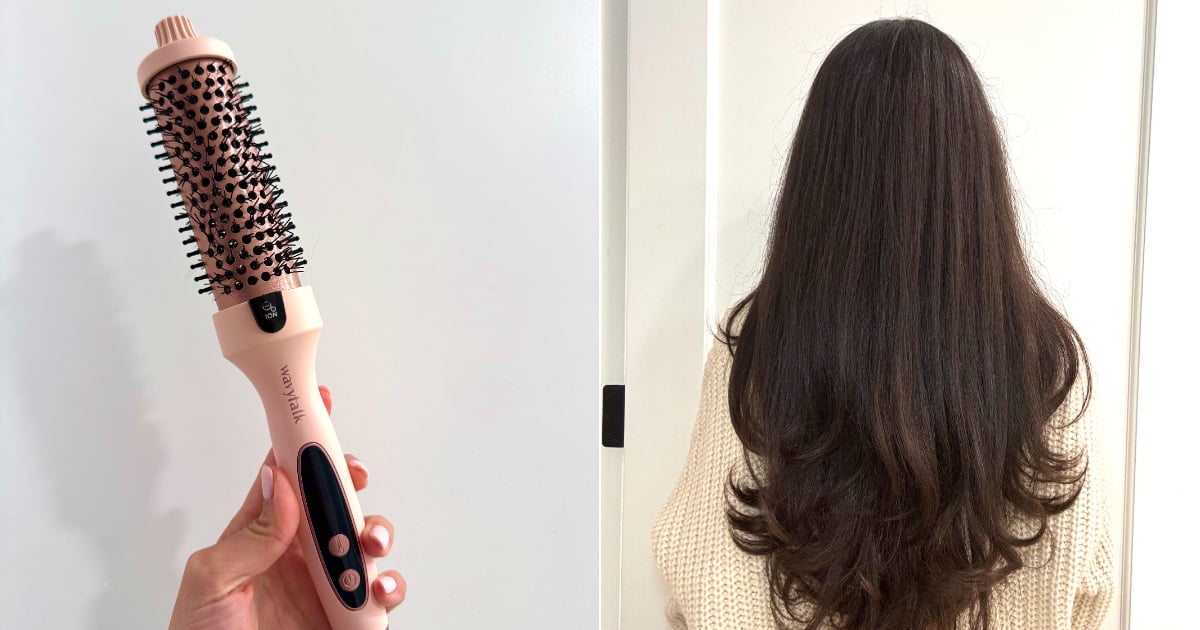If you look at my skin today it’s pretty clear. That’s brought to you not by genetics or good skin care – it’s all thanks to spironolactone. After having relatively clear skin in my teens, I suddenly started experiencing bad hormonal acne in my early 20s that I just couldn’t get rid of until my dermatologist put me on 100 milligrams of the oral medication.
Now I rarely get a breakout, but I’m still dealing with the hyperpigmentation and acne marks leftover from that period. I use retinol and even incorporate the occasional chemical exfoliating mask and treatment to try and lighten that discoloration, but I wasn’t noticing a huge difference. As it turns out, the type of acne marks I was trying to get rid of wasn’t the type that responds to resurfacing treatments. They needed something more heavy-duty, like the zap of a laser.
I was visiting Joshua Zeichner, MD, board-certified dermatologist, when he explained it to me: the red marks on my face were from acne bacteria trapped under the skin – different from acne scars and dark spots – and take time to heal naturally because it requires the body to remove that bacteria on its own. Or you can enlist the help of the V-Beam laser, which is what I did.
Experts Featured in This Article
Joshua Zeichner, MD, is a board-certified dermatologist and director of cosmetic and clinical research in dermatology at Mount Sinai Hospital in New York City.



